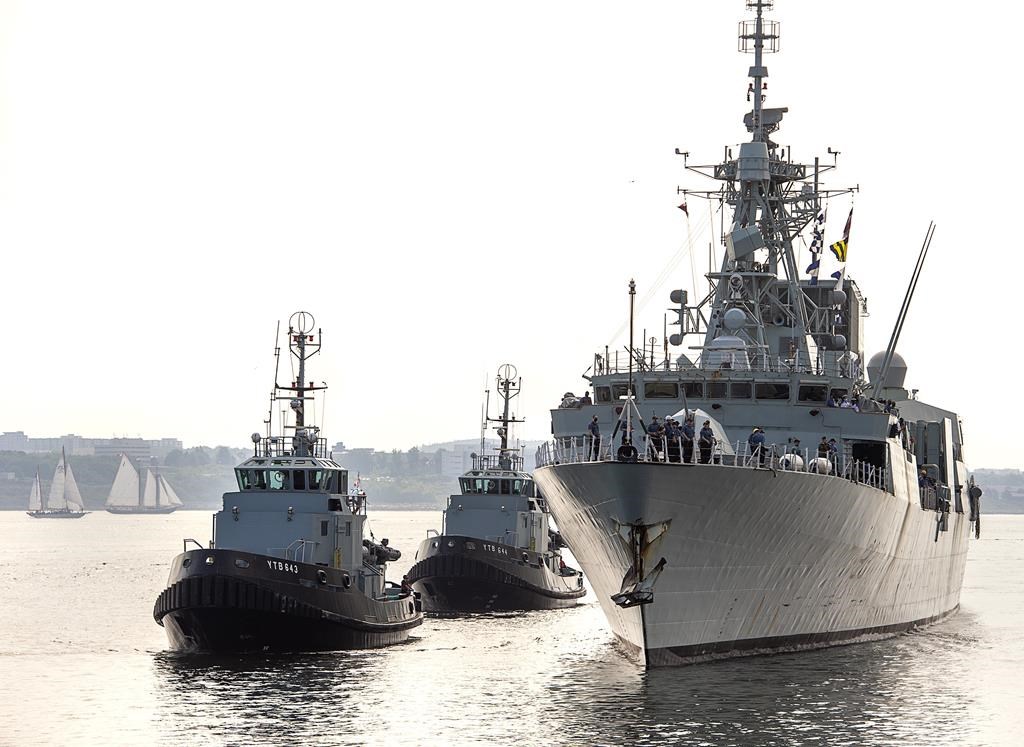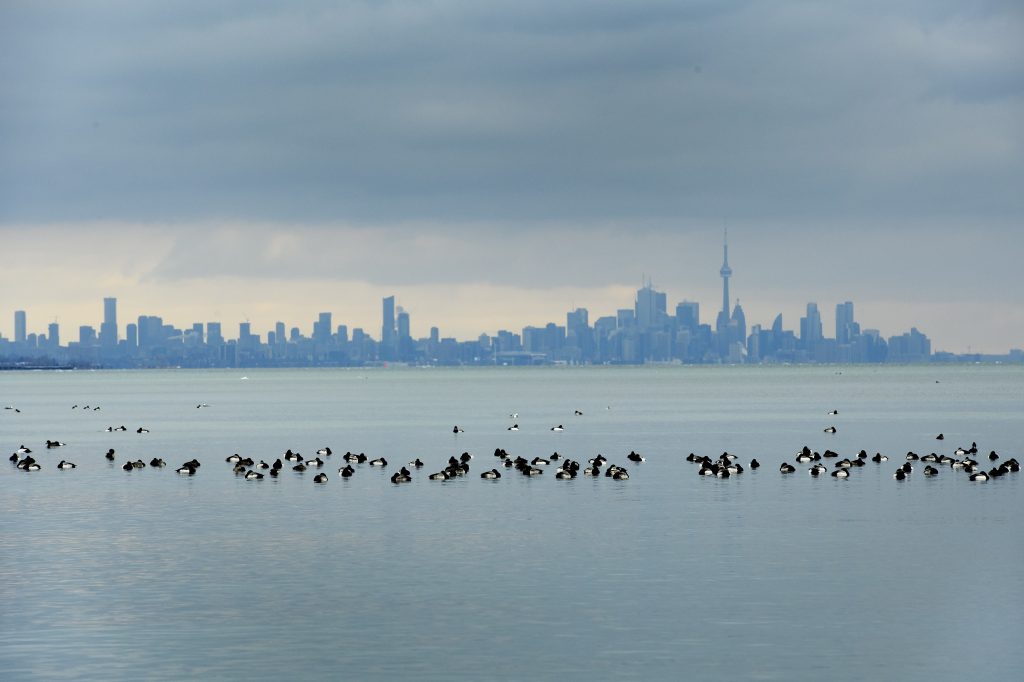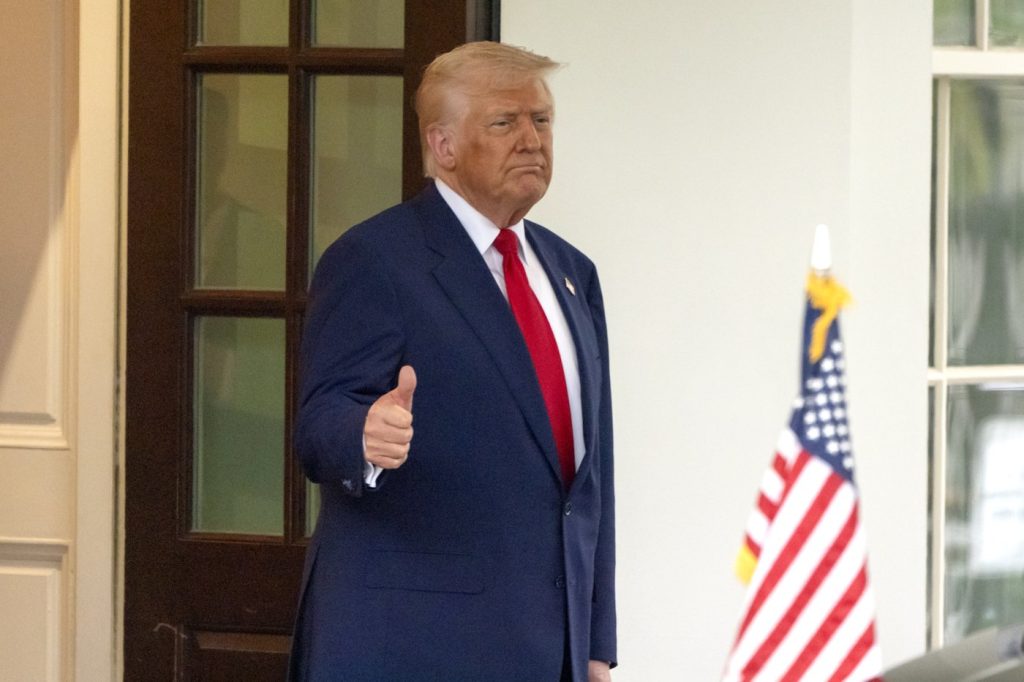Indo-Pacific strategy adds new pressures for navy amid personnel, warship challenges

Posted November 28, 2022 5:03 pm.
OTTAWA — The Liberal government’s new Indo-Pacific strategy has sparked concerns about added pressure on the Royal Canadian Navy at a time when it is already dealing with a shortage of sailors and warships.
The new strategy includes a promise of millions of dollars of additional funding to boost Canada’s military presence and operations in the Indo-Pacific, alongside more trade and diplomatic investments.
One of the hallmarks of the new plan is for the Canadian Armed Forces to maintain a semi-permanent naval footprint while laying the groundwork for closer military co-operation and collaboration with traditional and non-traditional allies in the region.
Yet officials acknowledged during a background briefing on Monday that they have been “grappling” with how to fulfil the government’s requirement to keep a constant rotation of frigates in the Indo-Pacific.
That’s because the navy has several other commitments, including in Europe, and a limited number of frigates. The navy is also short about 1,300 sailors as the military writ large struggles with what senior officers have described as a personnel crisis.
“We don’t have the operational plans yet,” said one official, who could not be named as a condition of the briefing. “This is a strategy. The operational plans will get done, will be developed every single year as we look ahead to the sailing season.”
Even before the new strategy was unveiled, the navy was forced to make a difficult choice on where to send its frigates.
HMCS Vancouver and HMCS Winnipeg were both deployed to the Indo-Pacific in June, the first time two Halifax-class frigates have sailed in the region together. Both are returning home now.
That deployment, along with the return of two minesweepers from a stint with a NATO naval task force earlier this month, has left Canada without any warships in European waters for the first time since Russia annexed Ukraine’s Crimea peninsula in 2014.
Royal Canadian Navy commander Vice-Admiral Angus Topshee told The Canadian Press in September that Canada’s inability to deploy more frigates to Europe when it has two in the Indo-Pacific region was due to a lack of warships.
The navy’s capabilities are also being stretched as its aging frigates require more maintenance to operate safely, with only six available to both defend Canadian waters and operate abroad. The rest are docked for repairs and refits.
Irving Shipbuilding was tapped in 2010 to build a new fleet of 15 warships. But while the first of those ships was expected in the water by 2025, officials now say the first Canadian surface combatant won’t arrive until the early 2030s.
On Monday, the official insisted that the government has been able to “strike a balance where we can have an additional frigate in the Indo-Pacific while also meeting our commitments elsewhere in the world.”
Dalhousie University defence expert Adam MacDonald, who previously served in as a naval officer, said the new Indo-Pacific strategy represents a major adjustment for the military and navy.
“If you’re going to try to create a continuous year-round presence in a region, which we don’t really do elsewhere other than in Europe … that’s a big thing,” he said.
“There is now political direction. And it’s not just operational discretion. There’s political direction now being given to the navy by the government that this is what’s going to happen.”
The fact the navy is being tasked to take the lead makes sense given the geography of the region, MacDonald added.
Yet he questioned how long the navy will be able to maintain such focus given the numerous other challenges and commitments on its plate, and the threat of new priorities should the war in Ukraine or the situation in Haiti become more severe.
“This might be something like the peacekeeping initiatives that the Trudeau government first announced, which kind of sounded big and ambitious, and then were kind of really truncated and very small,” he said.
The navy’s current limitations in terms of people and ships means “there’s not a lot of room for more ambitious outcomes,” agreed University of Calgary naval expert Timothy Choi.
“While even more funding might help, it would take time to convert monies into capabilities, and in the near term, I would’ve been surprised if there was much more military commitment to the region.”
This report by The Canadian Press was first published Nov. 28, 2022.
Lee Berthiaume, The Canadian Press








